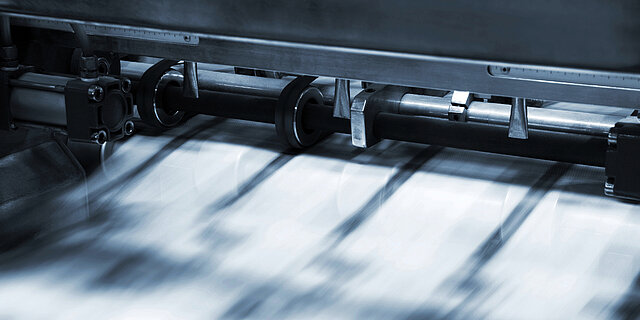Water-based anti-graffiti lacquers for artificial leather applications
07.03.2025
Pinneberg/Germany, March 2025 – Graffiti - in many cases unau-thorized and often unattractive-looking markings and lettering on almost every conceivable surface. These “works of art” applied with ballpoint pens, permanent markers or spray paint are an un-fortunately common phenomenon, especially in public spaces. And a costly one at that, as graffiti removal is usually very time-consuming. In the artificial leather sector, anti-graffiti products from ROWA Lack provide a remedy.
Many substrates are coated with anti-graffiti coatings during production or shortly after installation at the latest to prevent spray paints, inks and the like from adhering or to make it easier to remove them. For hard substrates, such as stone and plaster façades or steel structures, the market offers a wide range of different coating systems. However, anti-graffiti products are also required for soft substrates such as seat surfaces. ROWA Lack is specialized in the development and production of coatings for flexible web material, which is used in the artificial leather sector, among others. The formulation of suitable anti-graffiti coatings is quite complex. This is because, in addition to protecting the substrate against graffiti, appropriate coatings should also increase the mechanical and chemical resistance of the surface. At the same time, of course, the look, feel and flexibility of the material must be preserved in the best possible way.
The latest developments in this area are the products ROWAKRYL® M‑35200W and the slightly more matt version M‑35252W as well as the gloss version ROWAKRYL® G‑35294W. In addition to the anti-graffiti properties, these coatings also meet all the other requirements mentioned. The transparent, water-based 2K systems have been specially optimized for a pot life of more than eight hours to ensure the longest possible processing time. This is despite the fact that the catalyst ROWASET 63762 must be added to the lacquers before processing in order to develop their properties. The lacquers are applied directly to the coated web material, ideally with an anilox roller or doctor blade. The obligatory drying process after coating takes place at 140 °C for one minute.
As no two artificial leather substrates are the same, different primers are available for different substrates if required. In many cases, the use of ROWATHAL® M‑25100W or G‑25106W has proven to be advantageous in order to further improve the properties of the overall structure.
The materials coated with the anti-graffiti systems presented here have high scratch resistance and also exhibit very good resistance to solvents and chemicals. In addition, surfaces coated with ROWAKRYL® M‑35200W, ROWAKRYL® M‑35252W or ROWAKRYL® G‑35294W are characterized by a low soiling tendency and very good cleaning properties: Dried permanent marker or ballpoint pen ink can usually be removed effortlessly and residue-free from a coated artificial leather surface with a dry cloth. Even spray paint can be removed without leaving any residue in many cases.


